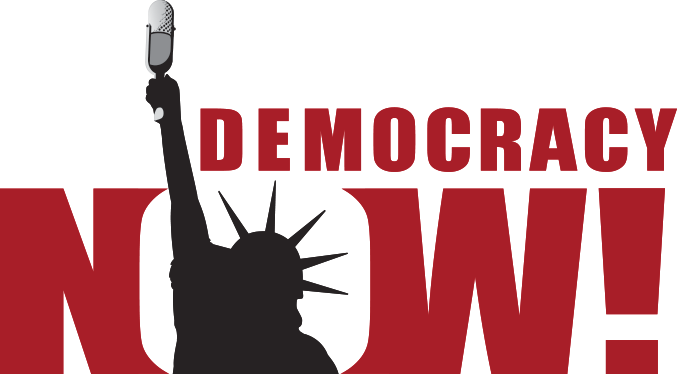
Topics
The New York Times reports:
“The mountains of ruin at ground zero have been reduced to smoldering dunes, the powdery ash has been rinsed from thestreets and the stench has weakened. But at a memorial service yesterday that city officials said drew nearly 10,000mourners, there was no mistaking the site for anything other than a mass grave.”
Over the years, the ground zero area has been many things. In the early 20th century, the area just south of groundzero was known as “Little Syria,” home to the largest Syrian population in New York. The Syrian-Americans weredisplaced when developers built larger office buildings. Ground zero itself was home to dozens of small, diversebusinesses which sold every conceivable kind of appliance, including the first radio and TV sets. The “hackers” ofthe day, the short wave enthusiasts, bought their supplies out of barrels and bins in the streets.
The area became a site of protest when political leaders and financiers decided to expand the financial district intothe area. The subsequent twin towers of the World Trade Center buried the so-called “radio row,” over the objectionsof shopkeepers and community activists, and the excavations for the Trade Center were dumped on top of the lowerManhattan Piers.
Guest:
- Eric Darton, author of “Divided We Stand: A Biography of New York’s World Trade Center.”












Media Options